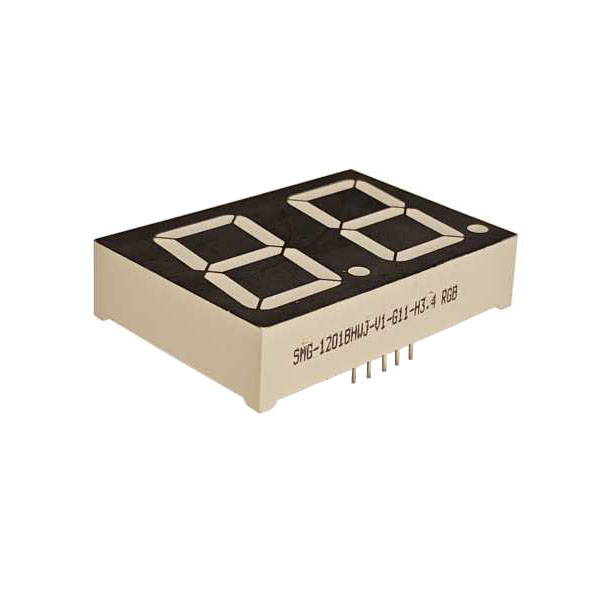Seven-Segment LED Displays: A Comprehensive Guide to Types, Wiring, and Modern Innovations
2024-11-21
Seven-segment LED displays may be a classic technology, but their functionality and adaptability keep them relevant in today’s digital age. In this blog, we’ll take a deeper dive into the different types of seven-segment displays, wiring techniques, and recent innovations.
Types of Seven-Segment LED Displays
1. Single-Digit Displays
- Displays one numeric digit.
- Common in calculators and small indicators.
2. Multi-Digit Displays
- Arranged in series to show multi-digit numbers.
- Used in digital clocks, scoreboards, and more.
3. Integrated Displays with Decimal Points
- Include a decimal point for showing fractional values.
- Ideal for digital voltmeters and frequency counters.
4. Alphanumeric Seven-Segment Displays
- Capable of displaying limited characters (e.g., A, b, C).
- Useful in environments where letters are occasionally needed alongside numbers.
Wiring and Control
1. Pin Configuration
- Common Anode: Positive terminal shared; negative terminals control segments.
- Common Cathode: Negative terminal shared; positive terminals control segments.
2. Wiring Example
- Connect each segment to a GPIO pin of a microcontroller.
- Use resistors to limit current through LEDs.
3. Control Methods
- Direct Control: Each segment is individually wired to the controller.
- Multiplexing: A method to reduce wiring for multi-digit displays by activating one digit at a time at high speed.
4. Driver ICs
- Popular ICs like 7447 or MAX7219 simplify segment control.
Advantages and Limitations
Advantages:
- Cost-effective for numeric displays.
- Simple to interface with microcontrollers.
- Bright and clear, even in daylight.
Limitations:
- Limited character display capability.
- Cannot display complex graphics.
Modern Innovations in Seven-Segment Displays
1. RGB LEDs:
- Enable multi-color output for enhanced aesthetics or functional indicators.
2. Surface-Mount Technology (SMT):
- Compact displays for modern electronics with reduced PCB space requirements.
3. Smart Displays:
- Integrated controllers with pre-programmed patterns for easier implementation.
4. Energy-Efficient Designs:
- Optimized for battery-powered devices with ultra-low power consumption.
Applications and Future Trends
1. IoT Devices:
Seven-segment displays in IoT applications for quick, clear data visualization.
2. Educational Tools:
Widely used in electronics education to teach basic concepts of digital systems.
3. Retro Aesthetics:
Growing popularity in consumer electronics for vintage or minimalist designs.
Seven-segment LED displays remain a vital component of digital electronics, offering simplicity and reliability for a range of applications. With modern innovations, they are finding new roles in advanced systems, proving that even decades-old technology can adapt and thrive.



